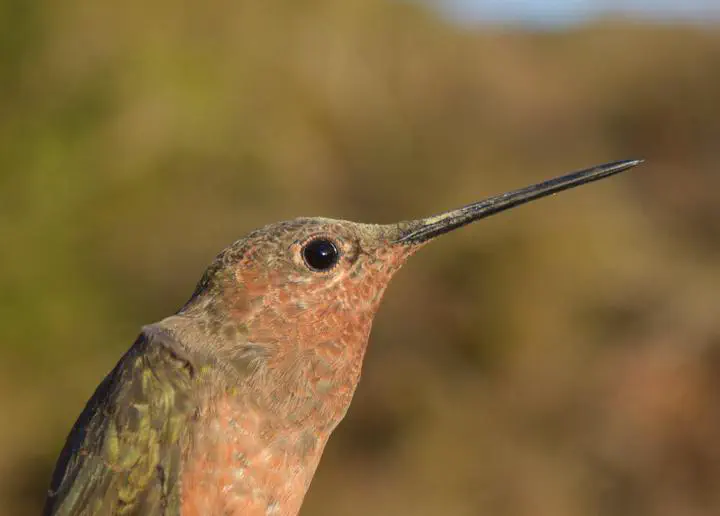Parallel molecular evolution in pathways, genes, and sites in high-elevation hummingbirds revealed by comparative transcriptomics
 Image by C. C. Witt
Image by C. C. Witt
Abstract
High-elevation organisms experience shared environmental challenges that include low oxygen availability, cold temperatures, and intense ultraviolet radiation. Consequently, repeated evolution of the same genetic mechanisms may occur across high-elevation taxa. To test this prediction, we investigated the extent to which the same biochemical pathways, genes, or sites were subject to parallel molecular evolution for 12 Andean hummingbird species (family: Trochilidae) representing several independent transitions to high elevation across the phylogeny. Across high-elevation species, we discovered parallel evolution for several pathways and genes with evidence of positive selection. In particular, positively selected genes were frequently part of cellular respiration, metabolism, or cell death pathways. To further examine the role of elevation in our analyses, we compared results for low- and high-elevation species and tested different thresholds for defining elevation categories. In analyses with different elevation thresholds, positively selected genes reflected similar functions and pathways, even though there were almost no specific genes in common. For example, EPAS1 (HIF2α), which has been implicated in high-elevation adaptation in other vertebrates, shows a signature of positive selection when high-elevation is defined broadly (>1,500 m), but not when defined narrowly (>2,500 m). Although a few biochemical pathways and genes change predictably as part of hummingbird adaptation to high-elevation conditions, independent lineages have rarely adapted via the same substitutions.